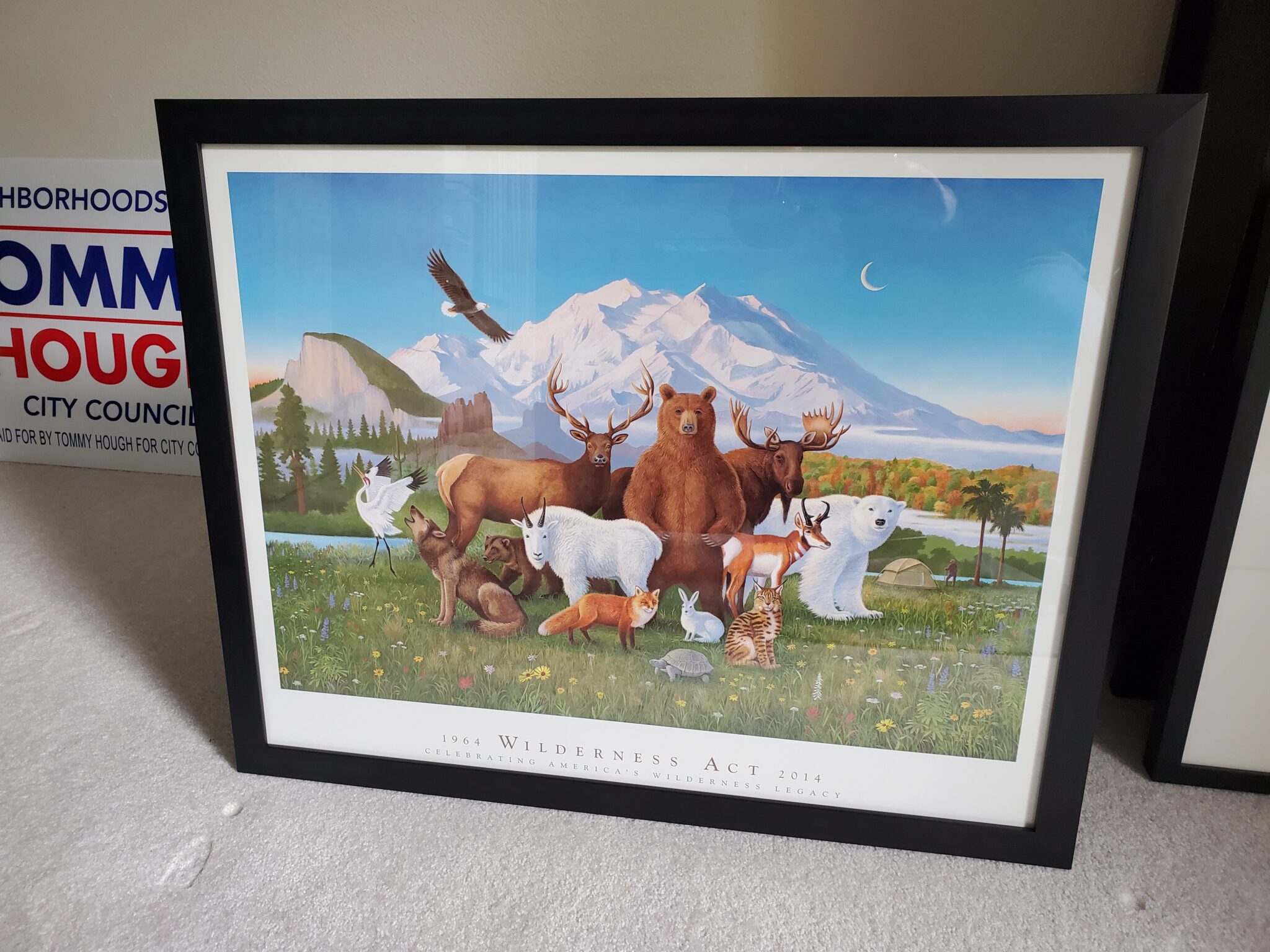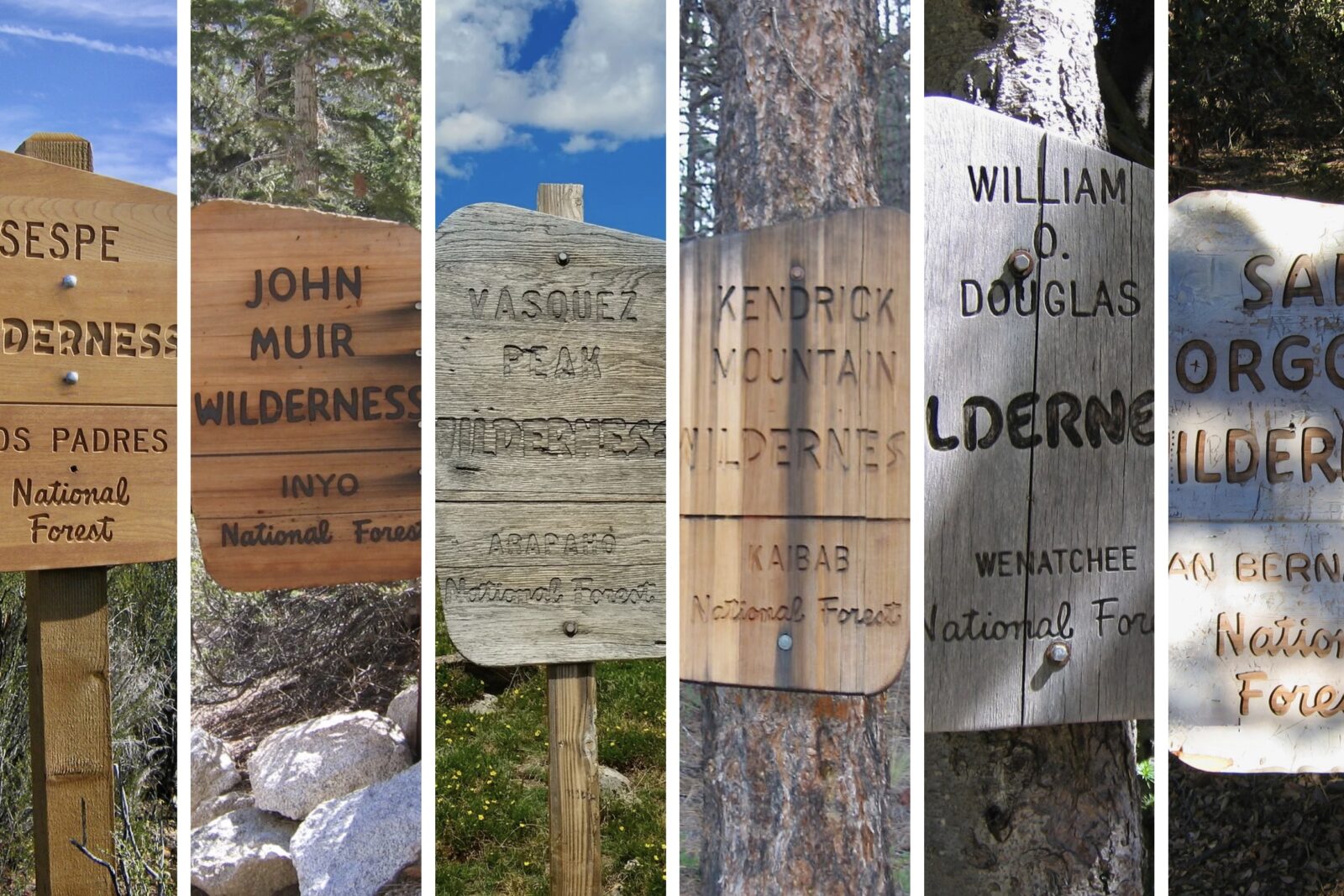Wilderness Watch, a Montana-based conservation nonprofit, recently contacted me about a 2010 Treehuggers International show I produced on the San Gabriel Mountains preservation effort that I reposted last week to mark the expansion of the San Gabriel Mountains National Monument — a conservation win facilitated in no small part by organizations like the Wilderness Society, Sierra Club, dozens of L.A. area activists, and the tireless work of Representative Judy Chu, now representing California’s 28th congressional district.
This developed into something of a dialogue about ongoing attempts to discredit the scope and sanctity of the 1964 Wilderness Act, now approaching its 60th anniversary in September, as being some kind of unrealistic policy lionized by preservationist zealots, including a treatise published by two UCLA biologists who claim the Wilderness Act prevents “effective land management” and “critical climate research.” Both are absurd charges.
As it turned out, I’d wanted to connect with Wilderness Watch to extend my thanks to Wilderness Watch’s Kevin Proescholdt for his excellent response to the UCLA biologists’ missive, so the timing was ideal.
Between threats leveled by YIMBY advocates who embrace the entitled “development wherever I want” model, along with ongoing attempts to undermine the Wilderness Act to facilitate the use of mountain bikes, internal combustion engines, and now attempts by the rock climbing industry to leave permanent bolts in natural rock formations in Wilderness areas, it’s clear the understanding of, and humility for, Wilderness is something which not only needs to be restored, but must be taken onto the offensive with an aggressive media effort with story trajectories to inform public opinion, instead of Wilderness advocates being caught flat-footed and forced to react to non-starter, ridiculous proposals clearly in opposition to best environmental and conservation practices.
One would think many of today’s current critics would otherwise be on the side of Wilderness, but as I’ve lamentably noted in remarks I’ve made over the last two years the Democratic party by and large no longer sees electoral value in the post-Citizens United era in supporting conservation efforts or enforcement. As a result there’s been a loss of high-profile political leadership, although Rep. Chu, her House colleagues Rep. Jared Huffman and Rep. Raúl Grijalva of Arizona, and Senator Alex Padilla are notable, welcome exceptions.
Part of Democrats’ loss of compelling interest in environmental matters is due to environmentalists themselves losing focus on the necessity of their mission in a social media-driven landscape with other pressing, if variably unrelated matters, and also because of the ongoing pressure and moneyed influence of developers and destructive recreationists (off-roaders, rock crawlers, etc.) who have long been uncomfortable with the idea of the National Wilderness Preservation System.
As our planet struggles with a rapidly-spiraling extinction crisis, an unparalleled loss of species and biodiversity, major movements of humanity due to rising sea levels, and the severe societal and natural reactions to our warming climate, these failures in messaging couldn’t come at a worse time. Simply in the name of carbon sequestration, wild places left untouched and undisturbed by humanity have become a vital planetary necessity.
Since 1964, the Wilderness Act has enabled Americans to preserve 806 Wilderness areas from Puerto Rico to Alaska, totaling 111,889,002 acres, or about 4.5 percent of the land area of the United States. These wild spaces provide habitat for wildlife and havens for threatened species, filter and clean air and water, protect watersheds, preserve biodiversity, boost economies with tourism and recreation dollars, and provide outstanding locales to recreate, unplug, recharge, and experience a pace of time greater than ourselves and immerse in our nation’s exceptional, awe-inspiring natural spaces.
But for many younger Americans, Wilderness is something that’s simply there and, to their mind, has always been protected. Even if some may be aware of Wilderness as a legislative concept or the lengthy efforts and campaigns to preserve such places, it may seem less a gift to them today than a burdened impediment to greater urbanism, quasi-affordable housing, and transit self-actualization, despite the absence of any connection between the two concepts. That empty, wild land (i.e., habitat and biodiversity) is once again coming to be seen in the old 19th and early 20th century context by developer-aligned urbanists as “wasted space” is a shame.
That it may eclipse the astonishing text of Howard Zahniser codified in the Wilderness Act, as well as the humility needed to pass such an act in 1964 — at the very height of the expanding post-World War II economy — is something the conservation community must get out in front of now with positive messaging and by taking elected officials, their staffs, friends, family and doubters to these special places before ill-informed attitudes metastasize into destructive policy rollbacks, whether from political allies or opponents.
It will be bad enough with a return to an emboldened Trump administration and its Project 2025 facilitators next year. When that occurs, we’re likely to find ourselves with few allies, in part due to a failure to maintain a connection to everyday, working Americans who once demanded the great environmental policies passed in the 1960s and 70s and even into the 80s. The result may be little public or political concern, in part because we failed to make the case for Wilderness in the 21st century.
By the time a weakened National Environmental Policy Act (NEPA) or Endangered Species Act (ESA) may be fully cratered, most likely as a bargaining chip giveaway in another round of GOP budget hostage-taking, it will be too late. The dismemberment of the landmark Wilderness Act will surely follow. So as always, the time to act is now.
For more, have a listen to this Public News Service story I filed in 2014 with guest Ryan Henson of CalWild on the 50th anniversary of the Wilderness Act.
Wilderness sign photo collage and 2014 Monte Dolack print photo © 2024 Tommy Hough, all rights reserved.


